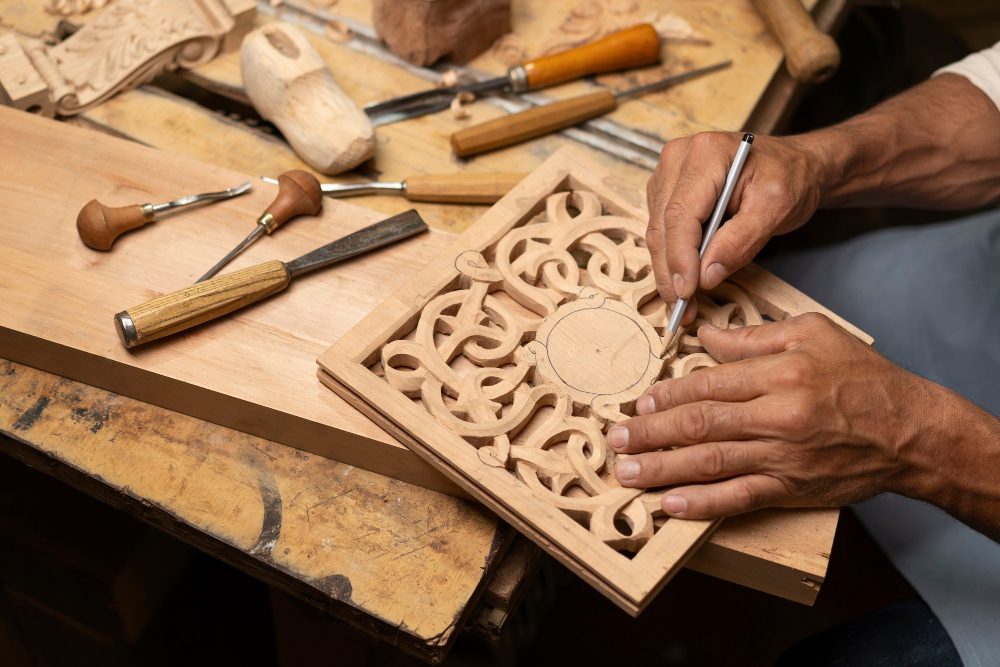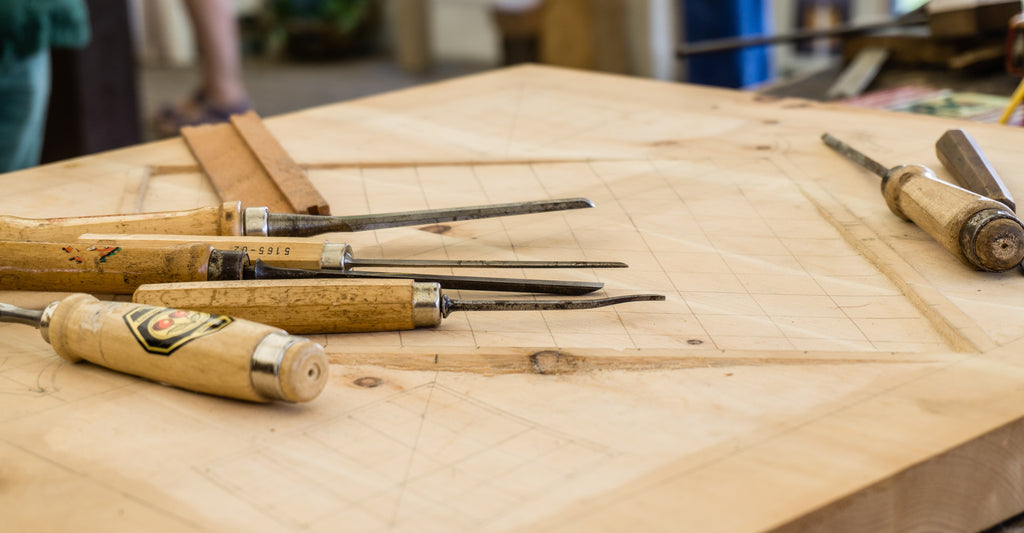The Art of Woodworking: Crafting Functional and Beautiful Creations
In a world of mass-produced goods and fleeting trends, there's something inherently captivating about creations born from the timeless craft of woodworking. It's more than just shaping wood; it's an art form that marries functionality with beauty, and tradition with innovation. Welcome to the fascinating world of The Art of Woodworking: where every creation tells a story, and every piece carries the soul of its maker.
What is The Art of Woodworking?
At its core, The Art of Woodworking is the practice of transforming raw timber into functional and aesthetically pleasing objects through cutting, shaping, carving, and joining techniques. It's a craft that has been honed over centuries, evolving from simple tools and implements to intricate furniture and architectural marvels.
But woodworking is more than just a technical skill; it's a mindset—a way of seeing the world through the grain of the wood. It requires patience, precision, and a deep appreciation for the material itself. Each piece of wood has its own unique characteristics, from the texture of the grain to the warmth of its colour, and the skilled woodworker knows how to harness these qualities to create something truly exceptional.The Key Aspects of Woodworking
1. Technique and Skill:
At the heart of woodworking lies a mastery of technique. From traditional joinery methods like dovetail and mortise-and-tenon to modern innovations in CNC machining, woodworkers employ a wide range of skills to bring their creations to life.
2. Design and Creativity:
Woodworking is as much about creativity as it is about technique. Whether designing a custom piece of furniture or crafting a one-of-a-kind sculpture, woodworkers must balance form and function to create something both beautiful and practical.
3. Materials and Sustainability:
As concerns about sustainability grow, woodworkers are increasingly turning to ethically sourced and reclaimed materials. By repurposing old furniture or salvaging lumber from fallen trees, they can create pieces with a story to tell and a smaller environmental footprint.
4. Tradition and Innovation:
While woodworking is rooted in tradition, it's also a dynamic and evolving craft. Today's woodworkers are embracing new technologies and techniques, from computer-aided design (CAD) software to laser cutting, pushing the boundaries of what's possible with wood.
The Relevance of Woodworking Today
In an age of mass production and disposable goods, woodworking offers a refreshing alternative. Each piece is crafted with care and attention to detail, built to last for generations rather than just a few years. There's a sense of permanence to woodworking—a connection to the past and a promise to the future.
Moreover, woodworking provides a welcome respite from the hustle and bustle of modern life. In a world dominated by screens and digital distractions, there's something deeply satisfying about working with your hands, shaping wood into something tangible and real. It's a form of meditation—a chance to slow down, focus, and create.
And let's not forget the sheer beauty of woodworking. There's a reason why we're drawn to wooden furniture and handmade crafts. Wood has a warmth and richness that simply can't be replicated with synthetic materials, and the skill of the woodworker only serves to enhance its natural beauty.
Anecdotes and Examples
Consider, for example, the work of George Nakashima, a master woodworker known for his organic designs and reverence for the material. Each piece he created was a celebration of the wood itself, with its flaws and imperfections turned into features rather than defects. His iconic "Conoid" chairs, with their sculpted forms and exquisite joinery, are treasured by collectors and connoisseurs alike.
Or take the art of marquetry, where intricate patterns are created by piecing together thin slices of wood veneer. Dating back to ancient Egypt, marquetry reached its zenith in the 17th and 18th centuries, with master craftsmen like André-Charles Boulle creating dazzling works of art for royalty and nobility. Today, artisans like Silas Kopf continue this tradition, pushing the boundaries of what's possible with wood and creating stunning pieces that blur the line between furniture and fine art.Conclusion: The Endless Possibilities of Woodworking
In conclusion, The Art of Woodworking is a rich and multifaceted craft that continues to captivate and inspire people around the world. From its ancient origins to its modern innovations, woodworking offers a window into our past and a glimpse of what's possible in the future.
Whether you're a seasoned craftsman or a curious beginner, there's never been a better time to explore the world of woodworking. With its emphasis on skill, creativity, and sustainability, woodworking offers a rewarding outlet for self-expression and a chance to connect with something deeper than the latest fad or fashion. So why not pick up a chisel or a saw and see where your imagination takes you? Who knows what wonders you might create with a piece of wood and a little bit of inspiration.
The Art of Woodworking awaits—let your journey begin.








Comments
Post a Comment